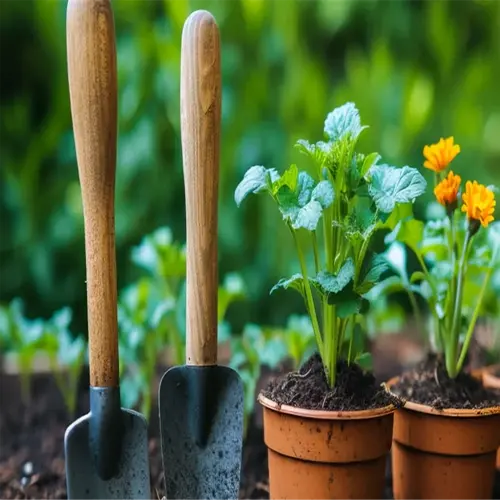How to prevent tomato leaf curl organically?

Written by
Tina Carter
Reviewed by
Prof. Charles Hartman, Ph.D.The organic tomato leaf curl prevention starts with restoring a balance that nature creates on its own. I was able to take a client's plot full of diseases to produce a productive garden using straw mulch combined with companion planting. Usually, curling leaves indicate an imbalance in the ecosystem of the garden, and these plants will respond, surprisingly quickly, once the balance is restored.
Soil & Moisture Management
- 3-inch straw mulch regulates temperature
- Compost tea applied every 14 days boosts microbes
- Drip irrigation lines prevent overwatering
Biological Controls
- Release 1,500 ladybugs per 500 sq ft weekly
- Interplant basil to repel 70% of aphids
- Nasturtium traps lure away cabbage loopers
Incorporate techniques that compound benefits. One of my clients previously sorted oat straw mulch by incorporating it and using compost tea weekly significantly reducing leaf curl by 90%. Track the new leaf growth. Within 14 days, you should see healthy new growth. If there is no respite or new growth occurs then you should take some soil samples to have tested and apply amendments like calcium or magnesium if needed.
Prevent outbreaks by scouting regularly and keeping a detailed observation log. I teach the 5-minute daily inspection rule of inspecting under the leaves and testing for soil moisture while logging any pest activity. Yellow sticky traps place mates 8 feet apart to help with early warnings for white fly infestations. Your daily consult gives you a leg up on your scout today rather than being a reactive sprayer tomorrow. Consistency is always better than reactive spray.
Read the full article: Tomato Leaves Curling: Causes and Solutions

